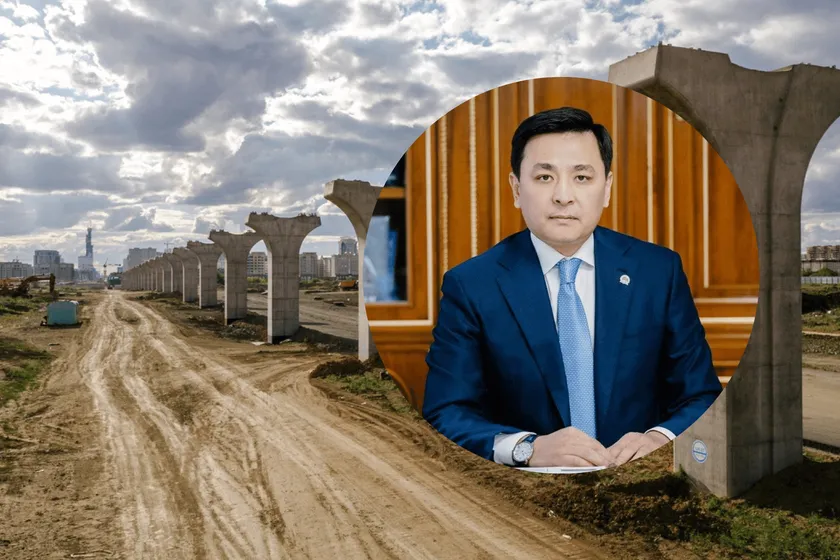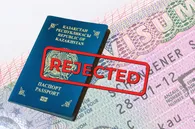The city of Nur-Sultan has finally made up its mind on what to do with the Astana LRT, a project that became the poster child for the nation's ongoing problems with long-term constructions. The railway is going to be completed, albeit with a few notable changes. Tengrinews interviewed the akim [head of the city] of Nur-Sultan Altai Kulginov to learn more on the latest decision involving the LRT.
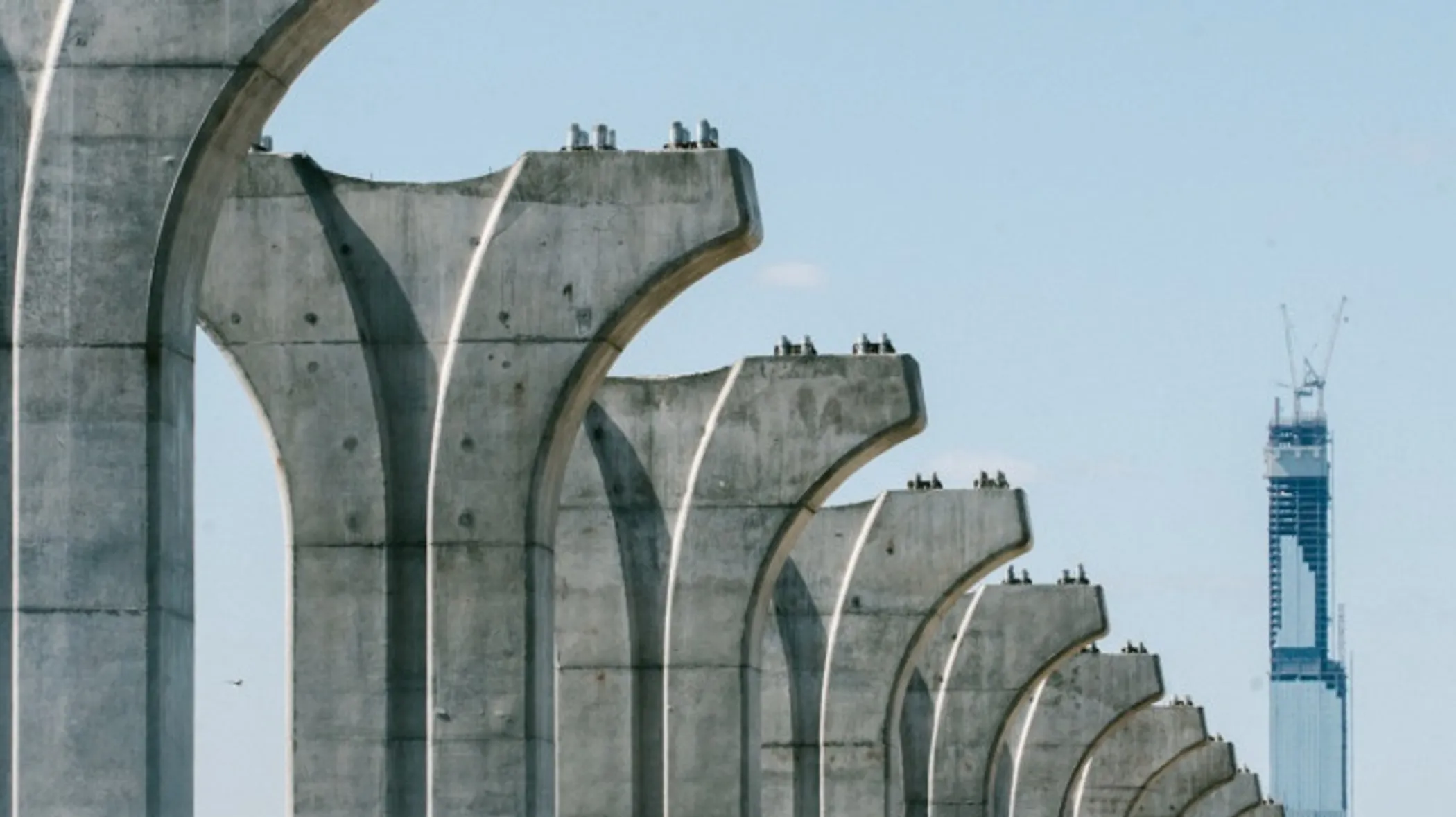
Will the project be completed?
"Taking into account financial commitments and money spent that is the most reasonable option," the akim said.
Kulginov specified that there were three possible solutions for the problem of the long construction: demolition, urban transformation, and reusing the trestle bridge for electric buses.
The Urbanist Center received over 400 proposals from experts and the public. Over 51% were in favor of completing the project, 42% were in favor of alternatives, and 7% were in favor of complete demolition. Proposals were also received from international transportation organizations.
"Since signing the contract, Kazakhstan has paid the Chinese consortium an advance in the amount of $377 million. This advance payment should be utilized when 60% of the work is done, yet, currently, it is not.
If we terminate the contract, we risk international arbitration. We have international agreements and they must be fulfilled. We also owe the Chinese consortium $116 million for the construction and installation work, but we have not yet returned that debt. About $1 billion has already been spent, including the loan, the advance payment, and the work done. We have passed the point of no return; it is reasonable to complete the LRT project," the head of the city added.
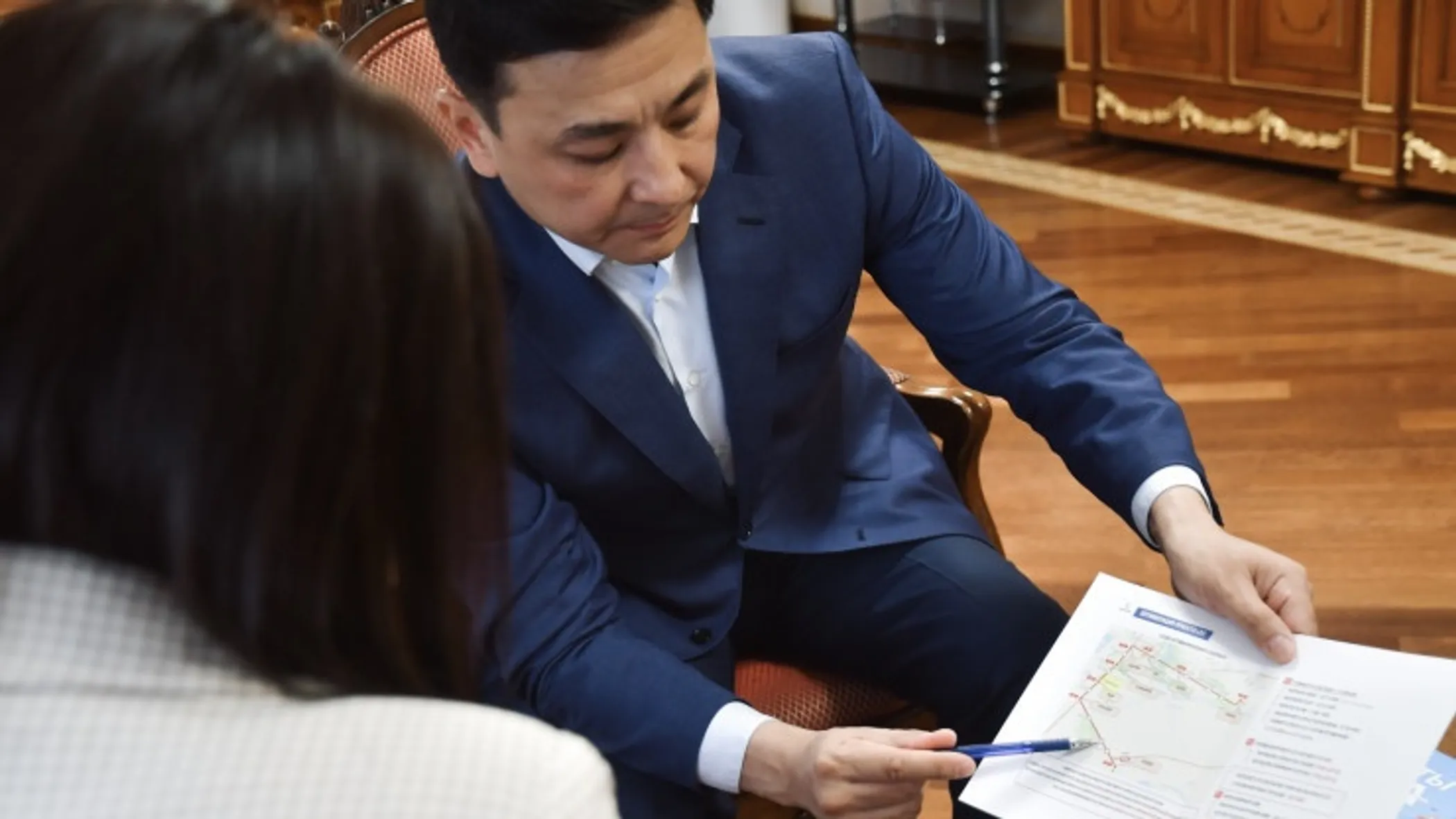
Will the construction follow the initial plan?
"No. The project was optimized - we will keep eight out of 18 stations. Out of the planned 19 railway vehicles (one train consisting of 4 passenger cars), five trains will be enough. The interval will be 15 minutes.
To complete the original project, more than $1 billion was needed. Taking into account optimization, we need $577 million for completion – a twofold saving. Our Chinese partners say that if we provide continuous financing, they will finish and put it into service within two years from the start of construction.
There is one financing option left - the state budget. We still make payments on borrowed funds from the budget with interest."
How much will it cost to maintain the light rail after commissioning and will it be subsidized?
"Subsidizing of the LRT will cost by preliminary calculations 3 billion tenge for maintenance each year. For comparison: we allocate 13 billion tenge annually from the local budget to subsidize public transport in Nur-Sultan."
Will it pay off at all, or is it not an issue?
Public transport is not a business, but a social project. In international practice, public transport rarely pays for itself. The most expedient and logical option is to complete the [construction of] LRT.
Akim stressed that the current passenger traffic in buses daily is 700,000 people.
How many people will use LRT?
"According to initial calculations, 25,000-30,000 people every day. When the line will be fully operational, the number of passenger traffic will increase. As an option, "Abu Dhabi Plaza" in the future could be considered as a hub to get directly to the airport."
Speaking about the supporters of the proposal to demolish the facility, the head of the city pointed out the financial inexpediency of such a decision.
"There were such offers, but having counted the estimate we refused from idea as demolition would demand about 20 billion tenge. We understand that the project has a negative history, but when you see the figures and given the obligations under the contract, you realize that the project in the future is necessary to the city and it is advisable to implement it," commented Kulginov.
Earlier, President Kassym-Jomart Tokayev voiced the reasons why the demolition of the LRT is not an expedient solution.
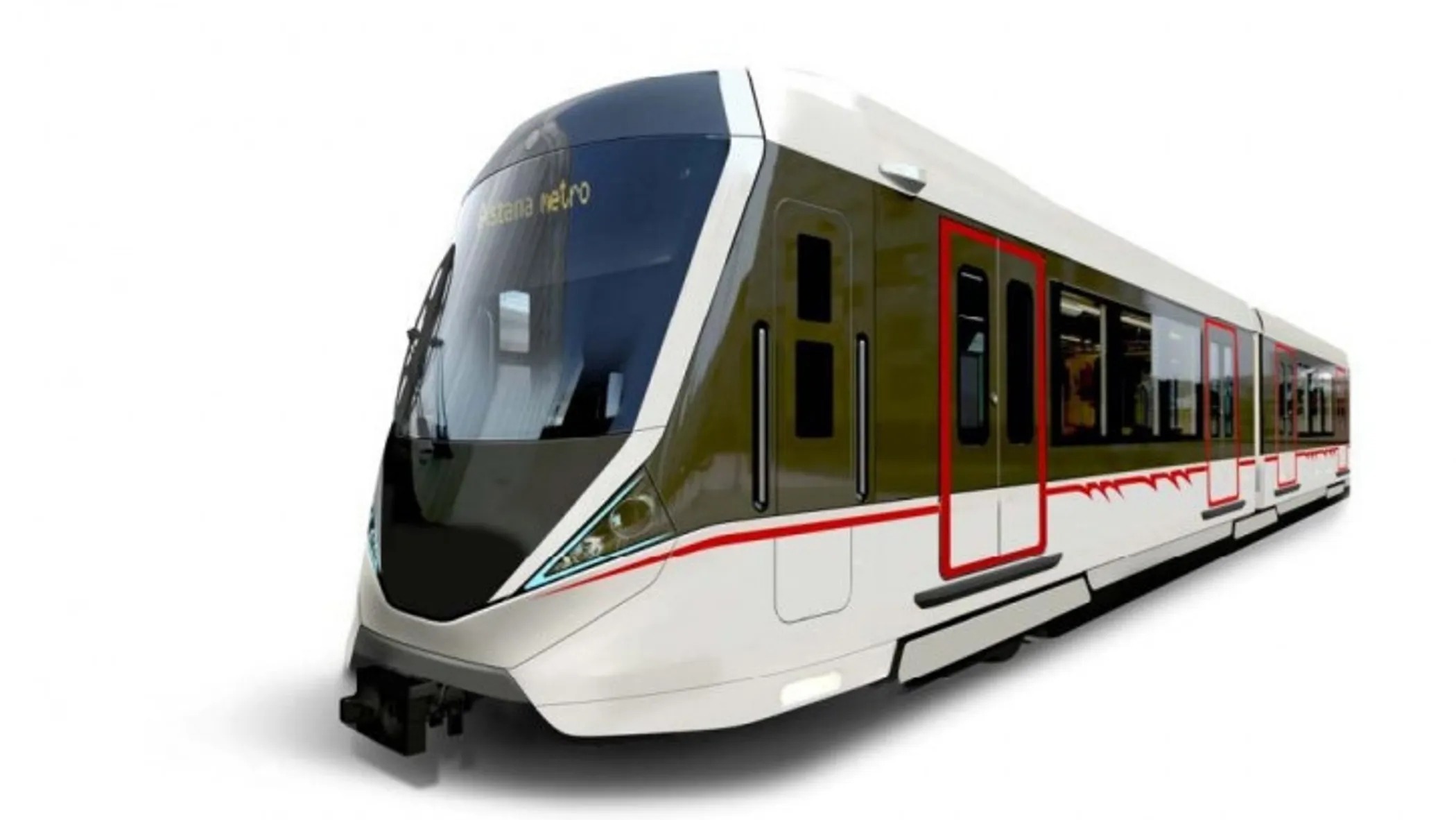
The story of the light rail transport in the capital started in 2005 when the akimat (city council) proposed the initiative of developing advanced infrastructure for public transport.
Umirzak Shukeyev, the akim of Astana at that time, submitted a feasibility study for the project, which was discarded after Shukeyev was appointed the akim of his native South Kazakhstan region. In 2008, the new head of the capital, Askar Mamin, proposed to implement a bus rapid transit (BRT) project instead of LRT. However, in the same year, Mamin was replaced by Imangali Tasmagambetov, who revived the LRT idea and even created a limited liability partnership "Astana LRT" with 100% participation of the akimat, which acted as the customer for the construction of the LRT.
In July 2011, Nursultan Nazarbayev took part in the laying of a capsule in honor of the start of construction of the LRT. The cost of the construction was $2.3 billion, and these were not all expenses of the project. Until 2013, “Astana LRT” was looking for additional sources of funding. Asian Development Bank, which Kazakhstan considered one of the financing options, issued an opinion on the excessive cost of the project and refused to participate in it.
The construction was to be completed by the end of June 2020 with the first electric train planned for launch in August of the same year. The whole LRT system was to include 18 stations, 19 rolling stock units and a depot, which would be located in the area of the capital’s International Airport. As of October 17, 2017, a consortium of Chinese companies built 1,974 bored piles, 143 grillages, 38 supports and six prefabricated beams.
